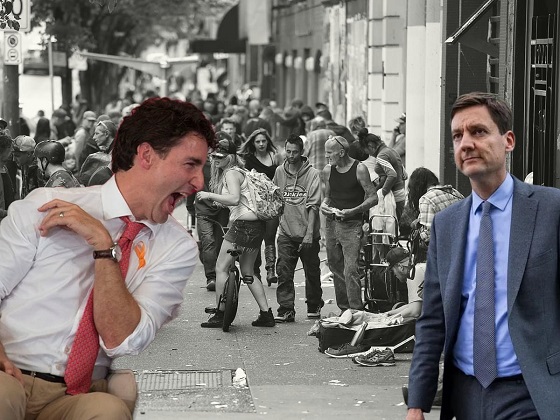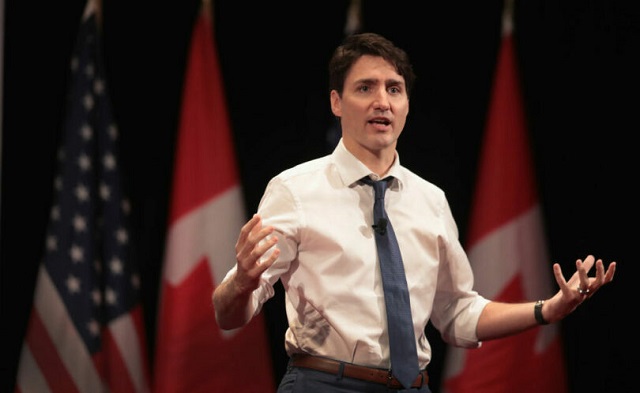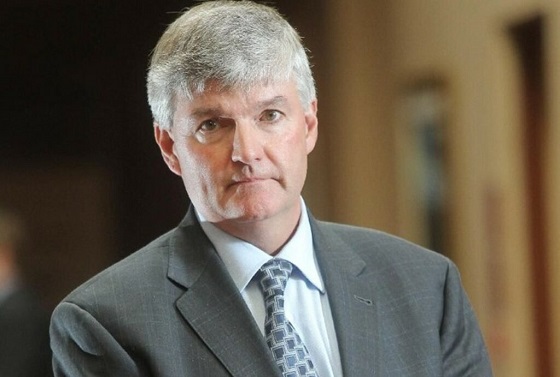Alberta
ASIRT investigations concluded on fatal officer-involved shooting involving the RCMP.
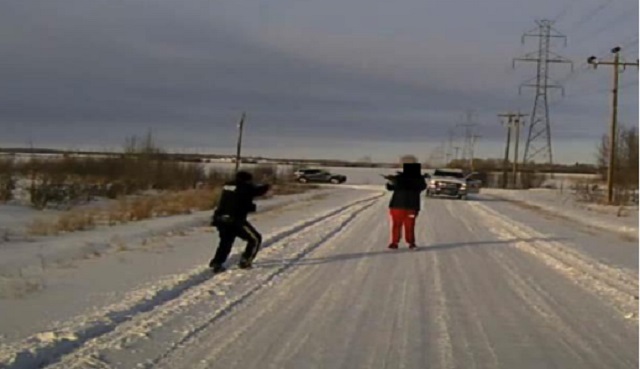
Incident investigation report from the Alberta Serious Incident Response Team (ASIRT)
Introduction
On December 22, 2022, the Alberta Serious Incident Response Team (ASIRT) was directed pursuant to s. 46.1 of the Police Act to investigate a then non-fatal Royal Canadian Mounted Police (RCMP) officer-involved shooting. The shooting of the affected person (AP) was reported to have happened during an interaction with him, as a result of him being a suspect in a complaint of a man with a gun.
While AP initially survived, he died of complications from the shooting the following day.
ASIRT’s Investigation
ASIRT’s investigation was comprehensive and thorough, conducted using current investigative protocols and principles relating to Major Case Management. Information from civilian witnesses, the subject and a witness officers, and importantly video recordings provided sufficient information to determine whether the force used by the subject officer during this incident was reasonable.
Circumstances Surrounding the Officer-Involved Shooting
On December 01, 2022, Maskwacis RCMP received a call reporting that a male [AP] had been drinking and left the caller’s house with a gun. AP was shooting the gun in the country (believed to be the area around the residence). Two RCMP officers responded.
Witness officer (WO) located AP walking on the road with a rifle. AP walked toward WO’s marked police vehicle with the rifle pointed at the vehicle/WO, while WO was seated in the driver’s seat. WO then exited his vehicle with his carbine rifle and moved to the rear of his vehicle while AP kept the rifle pointed at the police vehicle. The subject officer (SO) arrived on scene, but came from the opposite direction. AP turned around and walked toward SO with the barrel of the rifle pointed upwards. SO exited his police vehicle with his service pistol drawn and walked toward AP while he
repeatedly provided verbal direction to AP to drop the firearm. AP and SO were walking toward each other; at that time AP still had the barrel of the rifle pointed upward. As SO and AP got within approximately five meters of each other, AP lowered the barrel of the rifle and pointed it directly at SO. SO fired multiple rounds and struck AP with four rounds causing AP to stumble, drop the rifle and fall to the ground. AP initially survived the shooting and was transported to an Edmonton hospital, where he underwent emergency surgery. The following day, AP succumbed to his injuries.
Analysis
The subject officer was lawfully placed and acting in the execution of his duties in dealing with AP as a person who was the subject of a complaint about him being in possession of a firearm and shooting it off.
The Use of Force
Under s. 25 of the Criminal Code, police officers are permitted to use as much force as is necessary for the execution of their duties. Where this force is intended or is likely to cause death or grievous bodily harm, the officer must believe on reasonable grounds that the force is necessary for the self-preservation of the officer or preservation of anyone under that officer’s protection.
A police officer’s use of force is not to be assessed on a standard of perfection nor using the benefit of hindsight.
With the benefit of hindsight, time for detached reflection and knowledge of the ultimate outcome, it is easy to speculate about how things could have been done differently. That is not the standard, however, against which an officer’s conduct is measured. The question is, applying principles of proportionality, necessity, and reasonableness, whether the force used falls into a range of possible reasonable responses.
Proportionate Response
Proportionality requires balancing a use of force with the action to which it responds. Here, the subject officers were faced with an individual that was armed with a gun and pointing it in their direction. As such, the response by the subject officers in using their respective firearms to shoot AP was proportionate to the threat of death or grievous bodily harm that he reasonably posed to both of them.
Reasonably Necessary
As set out previously in this report, AP presented as a lethal threat to both SO and WO given his actions in pointing his rifle at them. While WO did not shoot during this incident that does not impact the analysis of SO’s actions. Under the circumstances as then faced by SO, no other use of force options were reasonably available for attempted use. The use by SO of his firearm to incapacitate this lethal threat was reasonably necessary. Given the above, the defence available to SO under s. 25 of the Criminal Code would apply.
Conclusion
Under s. 25 of the Criminal Code a police officer is justified in doing what he or she is authorized to do and to use as much force as is reasonably necessary where he or she has reasonable grounds to do so. Force intended to cause death or grievous bodily harm is justified if the officer believes, on reasonable grounds, that the force was necessary to prevent the death or grievous bodily harm of the officer and/or any other person. The analysis under s.34 of the Criminal Code leads to a similar finding that subject officer’s actions were lawfully permitted.
After a thorough, independent and objective investigation into the conduct of the subject officers, it is my opinion that they were lawfully placed and acting properly in the execution of their duties. There is no evidence to support any belief that any officer engaged in any unlawful or unreasonable conduct that would give rise to an offence. The force used was proportionate, necessary and reasonable in all the circumstances.
Alberta
Political parties will be part of municipal elections in Edmonton and Calgary pilot projects
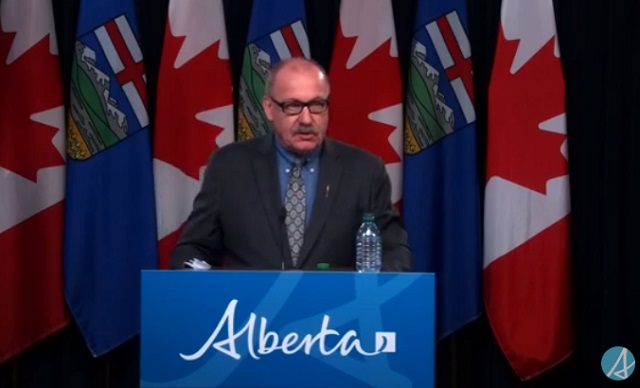
Strengthening Alberta’s local elections
Alberta’s government is introducing legislation to ensure Albertans can rely on transparent, free and fair elections, and municipally-elected officials have clearer accountability measures.
In a democratic society, Albertans expect their local elections to be free and fair, and their elected officials to be held to account by clear rules that govern their local councils. The Municipal Affairs Statutes Amendment Act proposes amendments to the Local Authorities Election Act (LAEA) and the Municipal Government Act (MGA) to add greater transparency to local election processes and ensure local councils and elected officials continue to remain accountable to the citizens who elected them.
“Our government is committed to strengthening Albertans’ trust in their local governments and the democratic process that elects local leaders. The changes we are making increase transparency for Alberta voters and provide surety their votes will be counted accurately. We know how important local democracy is to Albertans, and we will work with local authorities to protect and enhance the integrity of local elections.”
Local Authorities Election Act
Albertans expect free and fair elections and that’s why it’s important we strengthen the rules that govern local elections. To strengthen public trust in local elections, Alberta’s government will eliminate the use of electronic tabulators and other automated voting machines. All Albertans should be able to trust the methods and results of local elections; requiring all ballots to be counted by hand, clarifying rules and streamlining processes for scrutineers will provide voters greater assurance in the integrity of the results.
All eligible Albertans should be able to vote in local elections without impediment. Alberta’s government will limit the barriers for eligible voters to cast a ballot by expanding the use of special ballots. Currently, special ballots can only be requested for very specific reasons, including physical disability, absence from the municipality, or for municipal election workers. By expanding the use of special ballots, the government is encouraging more voter participation.
Amendments in the Municipal Affairs Statutes Amendment Act would increase transparency in local elections by enabling political parties at the local level. Political parties would be enabled in a pilot project for Edmonton and Calgary. The act will not require candidates to join a political party in order to run for a local or municipal office, but will create the opportunity to do so.
In addition, proposed changes to the Local Authorities Election Act would allow municipalities the option to require criminal record checks for local candidates, thus increasing transparency and trust in candidates who may go on to become elected officials.
Municipal Government Act
The role of an elected official is one with tremendous responsibility and expectations. Changes proposed to the Municipal Government Act (MGA) will strengthen the accountability of locally elected officials and councils. These include requiring mandatory orientation training for councillors, allowing elected officials to recuse themselves for real or perceived conflicts of interest without third-party review and requiring a councillor’s seat to become vacant upon disqualification.
If passed, the Municipal Affairs Statutes Amendment Act will also unlock new tools to build affordable and attainable housing across Alberta. Proposed amendments under the MGA would also create more options for municipalities to accelerate housing developments in their communities. Options include:
- Exempting non-profit, subsidized affordable housing from both municipal and education property taxes;
- Requiring municipalities to offer digital participation for public hearings about planning and development, and restricting municipalities from holding extra public hearings that are not already required by legislation; and
- Enabling municipalities to offer multi-year residential property tax exemptions.
Municipal Affairs will engage municipalities and other partners over the coming months to hear perspectives and gather feedback to help develop regulations.
Quick facts
- The LAEA establishes the framework for the conduct of elections in Alberta municipalities, school divisions, irrigation districts and Metis Settlements.
- The MGA establishes the rules governing the conduct of local elected officials once on council, as well as the overall administration and operation of municipal authorities in Alberta, including any policy those authorities may wish to implement.
Related information
Alberta
Alberta official reveals ‘almost all’ wildfires in province this year have been started by humans
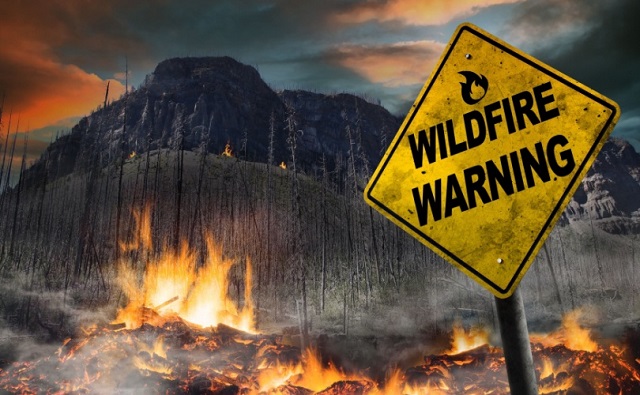
From LifeSiteNews
Alberta Minister of Forestry and Parks Todd Loewen said his department estimates that most of the province’s wildfires this year are man-made and not caused by ‘climate change.’
Alberta officials have announced that almost all fires in 2024 are believed to have been caused by humans despite ongoing claims that “climate change” is to blame.
On April 24, Alberta Minister of Forestry and Parks Todd Loewen revealed that his department estimates that most of the province’s wildfires this year are man-made and not caused by “climate change” as claimed by mainstream media and politicians.
“We expect that almost all of the wildfires we’ve experienced so far this year are human caused, given the point we’re at in the season and the types of weather we’re seeing,” Loewen stated.
Already, Alberta has put out 172 wildfires this year, and 63 are actively burning. However, Loewen did not seem overly alarmed, instead warning Albertans to watch their local fire bans and restrictions to reduce the high number of man-made wildfires.
“I urge you to assess your property for wildfire danger and take any preventive action you can to address these risks,” he said.
“This includes breaking up fuel sources that could ignite a structure, removing trees in close proximity to your home, and properly maintaining your gutters and roofs to rid the materials that could easily ignite such as leaves and dry needles,” Loewen added.
Loewen’s announcement comes just weeks after Alberta Premier Danielle Smith promised that arsonists who ignite wildfires in Alberta will be held accountable for their crimes.
“As we approach the wildfire season, it is important to understand that 67% of wildfires in Alberta are started by people,” she explained.
“If you start a wildfire, you can be charged, fined, and held liable for all costs associated with fighting the wildfire,” Smith added.
Smith made the comments after last year revealing that most of the wildfires in her province (500 of the 650) were caused by humans and not “climate change,” as has been pushed by the legacy media and opposition politicians.
“All I know is in my province we have 650 fires and 500 of them were human caused,” she said, “so we have to make sure that when people know that when it’s dry out there and we get into forest fire season that they’re being a lot more careful because anytime you end up with an ignition that happens it can have devastating consequences.”
The Alberta government has also created an ad campaign highlighting the fact that most fires are caused by humans and not “climate change,” as many left-leaning politicians claim.
As reported by LifeSiteNews last year, Smith ordered arson investigators to look into why some of the wildfires that raged across the vast expanse of the province had “no known cause” shortly after they spread.
Indeed, despite claims that wildfires have drastically increased due to “climate change,” 2023 research revealed that wildfires have decreased globally while media coverage has spiked 400 percent.
Furthermore, many of the fires last spring and summer were discovered to be caused by arsonists and not “climate change.”
Royal Canadian Mounted Police (RCMP) have arrested arsonists who have been charged with lighting fires across the country, including in the Yukon, British Columbia, and Alberta.
In Quebec, satellite footage also showed the mysterious simultaneous eruption of several blazes across the province, sparking concerns that the fires were a coordinated effort by arsonists.
Despite the overwhelming evidence, Prime Minister Justin Trudeau and mainstream media continue to claim that the fires are unprecedentedly dangerous and caused by “climate change” in an attempt to pass further regulations on natural resources.
The reduction and eventual elimination of the use of so-called “fossil fuels” and a transition to unreliable “green” energy has also been pushed by the World Economic Forum (WEF) – the globalist group behind the socialist “Great Reset” agenda – an organization with which Trudeau and some in his cabinet are involved.
-

 conflict2 days ago
conflict2 days agoCol. Douglas Macgregor torches Trump over support for bill funding wars in Ukraine and Israel
-

 Censorship Industrial Complex1 day ago
Censorship Industrial Complex1 day agoNow We Are Supposed to Cheer Government Surveillance?
-

 Alberta1 day ago
Alberta1 day agoRed Deer Doctor critical of Alberta’s COVID response to submit report to Danielle Smith this May
-

 Business17 hours ago
Business17 hours agoDon’t be fooled by high-speed rail
-

 Alberta17 hours ago
Alberta17 hours agoActivity-Based Hospital Funding in Alberta: Insights from Quebec and Australia
-

 Health2 days ago
Health2 days agoTransgender activists are threatening the author of scathing UK report on child ‘sex changes’
-

 Business15 hours ago
Business15 hours agoUN plastics plans are unscientific and unrealistic
-
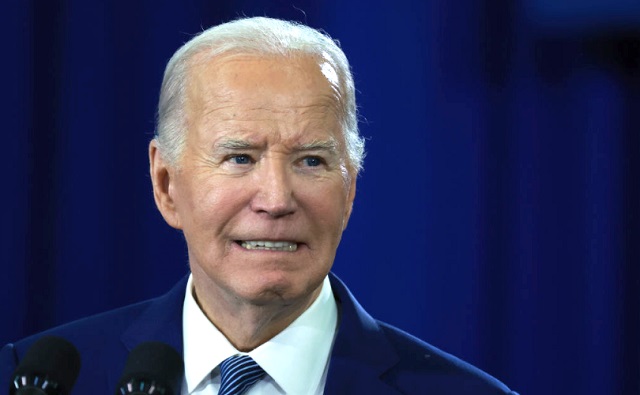
 International2 days ago
International2 days agoBiden admin expands Title IX to include ‘gender identity,’ sparking conservative backlash

